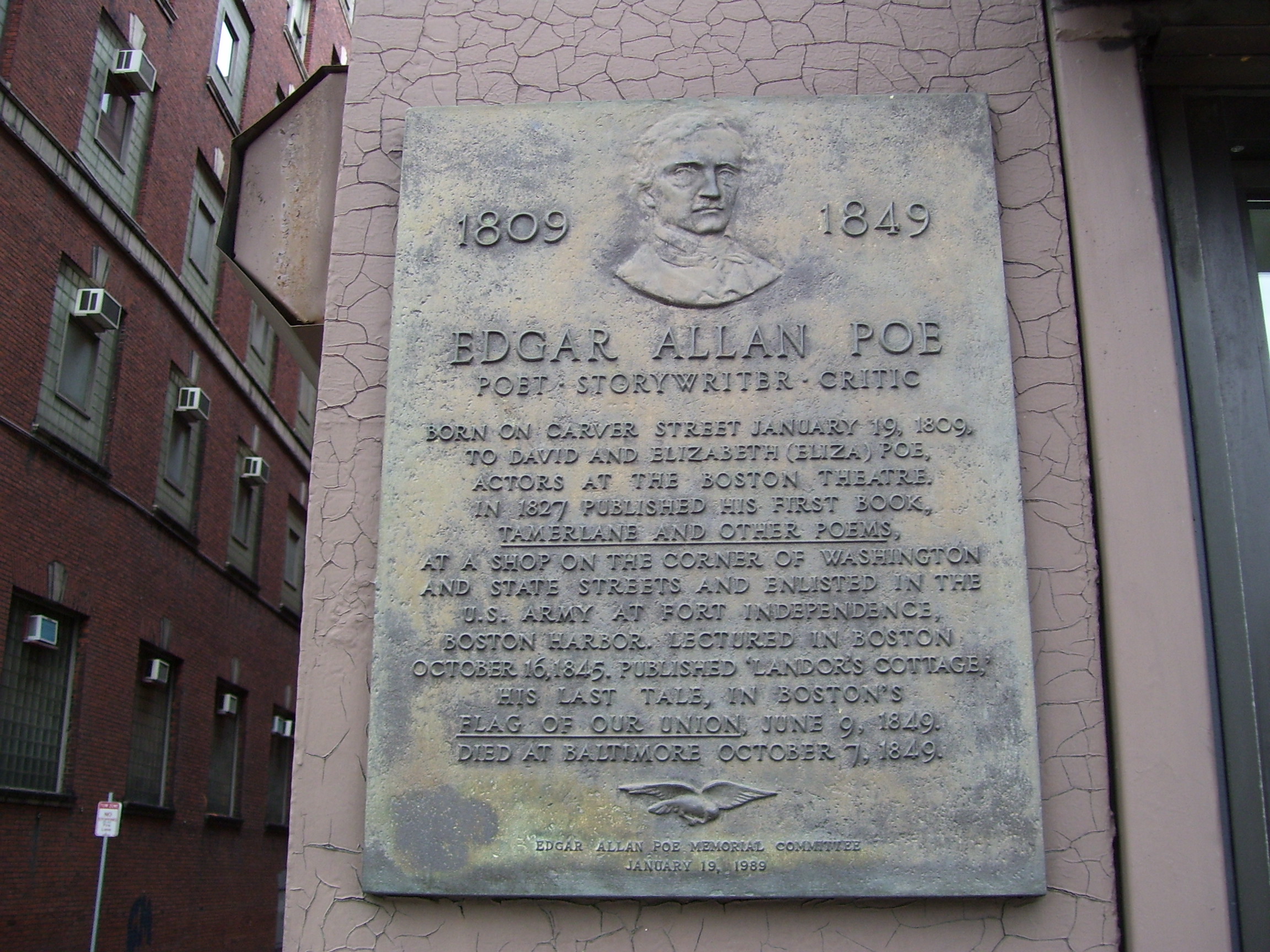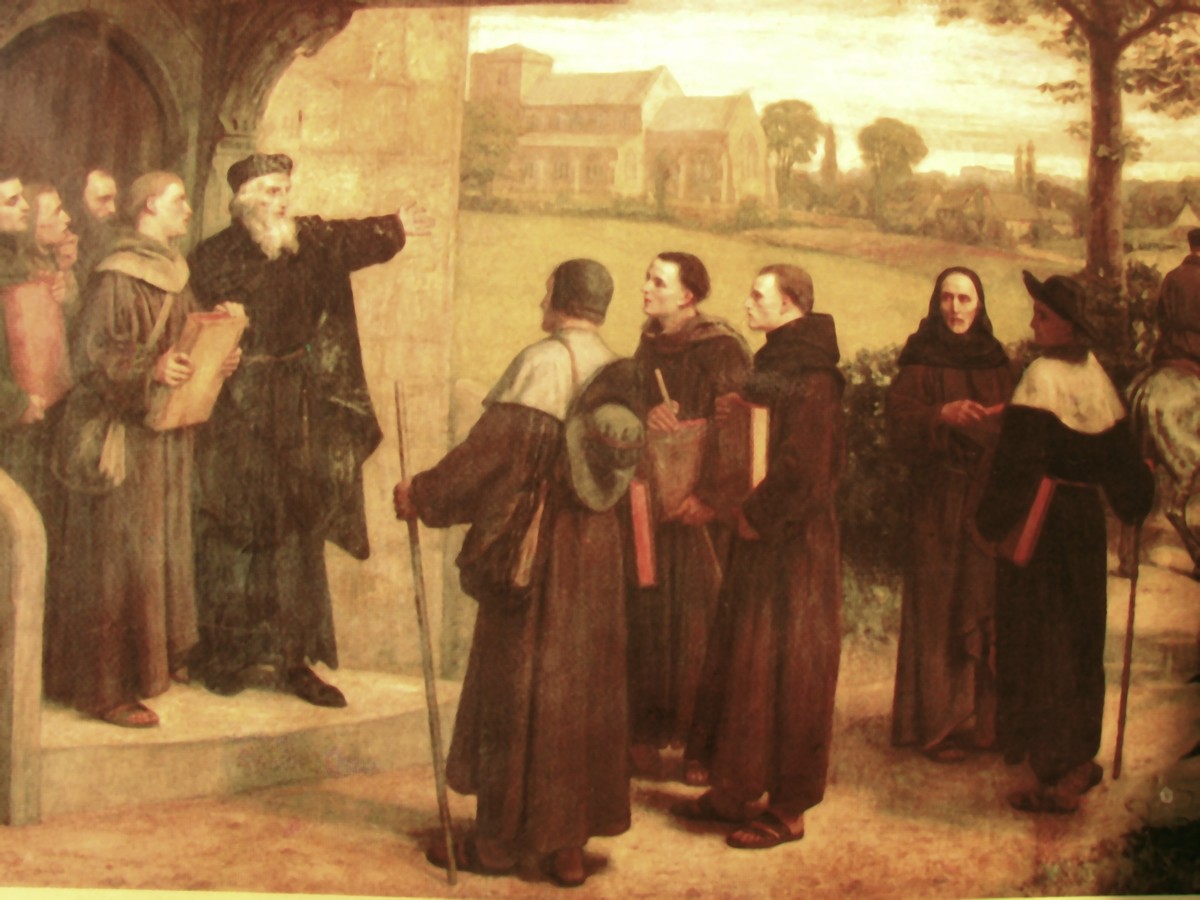|
Polkelly Castle
Polkelly Castle, also Pokelly, was an ancient castle located near Fenwick, at NS 4568 4524, in the medieval free Barony of Polkelly, lying north of Kilmarnock, Parish of Fenwick, East Ayrshire, Scotland. The castle is recorded as Powkelly (c1747), Pockelly (c1775), Pow-Kaillie, Ponekell, Polnekel, Pollockelly, Pollockellie, Pokellie, Pothelly, Pathelly Ha' and Polkelly.Ewart, Page 95 The name is given circa 1564 as Powkellie when it was held by the Cunninghams of Cunninghamhead. History The Lands of Polkelly Prior to the 1390s the evidence suggests that the lands of Polkelly were in the hands of the Comyns.Ewart, Page 67 The estate was important to the Lairds of Rowallan as it gave uninhibited access to the large and important grazing lands of Macharnock Moor, now Glenouther Moor.Ewart, page 69 In the charter of confirmation of 1512 the feudal Barony of Polkelly comprised Darclavoch, Clonherb, Clunch, with its mill, Le Gre, Drumboy, the lands of Balgray, with its tower, forta ... [...More Info...] [...Related Items...] OR: [Wikipedia] [Google] [Baidu] |
Fenwick, East Ayrshire
Fenwick is a village in East Ayrshire, Scotland. In 2019, its population was estimated to be 989. Fenwick is the terminus of the M77 following its extension which was opened in April 2005, at the beginning of the Kilmarnock bypass. History The Fenwick Weavers' Society was founded in Fenwick in 1761 and is considered one of the first co-operatives in the world. Fenwick Parish Church dates back to 1643, with Rev. Colin Strong currently overseeing its leadership. The Primary School in Fenwick currently feeds to Loudoun Academy in Galston. In summer 2017, the primary school underwent an extension that saw a new gym hall built and the old dinner hall and hut demolished. The two main areas of Fenwick are High Fenwick and Laigh Fenwick, referring directly to the area of housing and community at the top of Kirkton Road and the area of housing at the bottom. There remains a friendly rivalry between these two areas which culminates with the annual Fenwick gala cricket match where th ... [...More Info...] [...Related Items...] OR: [Wikipedia] [Google] [Baidu] |
Alexander III Of Scotland
Alexander III (Medieval ; Modern Gaelic: ; 4 September 1241 – 19 March 1286) was King of Scots from 1249 until his death. He concluded the Treaty of Perth, by which Scotland acquired sovereignty over the Western Isles and the Isle of Man. His heir, Margaret, Maid of Norway, died before she could be crowned. Life Alexander was born at Roxburgh, the only son of Alexander II by his second wife Marie de Coucy. Alexander's father died on 6 July 1249 and he became king at the age of seven, inaugurated at Scone on 13 July 1249. The years of his minority featured an embittered struggle for the control of affairs between two rival parties, the one led by Walter Comyn, Earl of Menteith, the other by Alan Durward, Justiciar of Scotia. The former dominated the early years of Alexander's reign. At the marriage of Alexander to Margaret of England in 1251, Henry III of England seized the opportunity to demand from his son-in-law homage for the Scottish kingdom, but Alexander did not com ... [...More Info...] [...Related Items...] OR: [Wikipedia] [Google] [Baidu] |
James Paterson (journalist)
James Paterson (18 May 1805 – 6 May 1876) was a Scottish journalist on numerous newspapers, writer and antiquary. His works are popular history, rather than scholarly. Life He was the son of James Paterson, farmer at Struthers, Ayrshire, where he was born on 18 May 1805; his father then had money troubles and gave up his farm. Paterson received an education, and then was apprenticed to a printer at the office of the Kilmarnock ''Mirror''. Subsequently he was transferred to the ''Courier'' office in Ayr. On completing his apprenticeship, Paterson went to Glasgow, where he joined the ''Scots Times''. In 1826 he returned to Kilmarnock, took a shop as stationer and printer, and in partnership with other gentlemen started the Kilmarnock ''Chronicle''. Its first number appeared on 4 May 1831, during the agitation for the Great Reform Bill, and the paper closed in May 1832. In 1835 Paterson left Kilmarnock for Dublin, where for some time he acted as correspondent of the Glasgow ''Li ... [...More Info...] [...Related Items...] OR: [Wikipedia] [Google] [Baidu] |
Carstairs
Carstairs (, Scottish Gaelic: ''Caisteal Tarrais'') is a village in South Lanarkshire, Scotland. Carstairs is located east of the county town of Lanark and the West Coast Main Line runs through the village. The village is served by Carstairs railway station, which is served by the Caledonian Sleeper to and from London Euston. Carstairs is best known as the location of the State Hospital. Carstairs is applied to the places Carstairs Village and the village of Carstairs Junction where the railway station is situated. The two places are two completely different villages divided by of land, a parkland area (Monteith Park) and the railway line. Carstairs Village has massively expanded since 2007 with the building of Millwood Estate. Etymology The name ''Carstairs'' is Brittonic in origin. The first part of the name is the element , of which the primary sense is "an enclosed, defensible site" (Welsh ''caer''; compare Cardiff). The second part of the name is a lost stream-name, ide ... [...More Info...] [...Related Items...] OR: [Wikipedia] [Google] [Baidu] |
Edgar Allan Poe
Edgar Allan Poe (; Edgar Poe; January 19, 1809 – October 7, 1849) was an American writer, poet, editor, and literary critic. Poe is best known for his poetry and short stories, particularly his tales of mystery and the macabre. He is widely regarded as a central figure of Romanticism in the United States, and of American literature. Poe was one of the country's earliest practitioners of the short story, and considered to be the inventor of the detective fiction genre, as well as a significant contributor to the emerging genre of science fiction. Poe is the first well-known American writer to earn a living through writing alone, resulting in a financially difficult life and career. Poe was born in Boston, the second child of actors David and Elizabeth "Eliza" Poe. His father abandoned the family in 1810, and when his mother died the following year, Poe was taken in by John and Frances Allan of Richmond, Virginia. They never formally adopted him, but he was with them well ... [...More Info...] [...Related Items...] OR: [Wikipedia] [Google] [Baidu] |
Hill Of Pokelly Farm From Balgray
A hill is a landform that extends above the surrounding terrain. It often has a distinct summit. Terminology The distinction between a hill and a mountain is unclear and largely subjective, but a hill is universally considered to be not as tall, or as steep as a mountain. Geographers historically regarded mountains as hills greater than above sea level, which formed the basis of the plot of the 1995 film ''The Englishman who Went up a Hill but Came down a Mountain''. In contrast, hillwalkers have tended to regard mountains as peaks above sea level. The ''Oxford English Dictionary'' also suggests a limit of and Whittow states "Some authorities regard eminences above as mountains, those below being referred to as hills." Today, a mountain is usually defined in the UK and Ireland as any summit at least high, while the official UK government's definition of a mountain is a summit of or higher. Some definitions include a topographical prominence requirement, typically or ... [...More Info...] [...Related Items...] OR: [Wikipedia] [Google] [Baidu] |
Sorn Castle
Sorn Castle is located by the River Ayr just outside the village of Sorn, East Ayrshire, Sorn in East Ayrshire, Scotland. The castle comprises a medieval Tower houses in Britain and Ireland, tower house, which was extended over the years, and remodelled in the Scots Baronial style by David Bryce in the 1860s. The castle is protected as a category A listed building. History A tablet on the castle wall states "Extant AD 1409, Added to AD 1783, Restored AD 1865, Enlarged AD 1909". The original three-storey tower house is located at the south-west of the present building, and was constructed in the 15th century, or possibly earlier. This tower was extended westwards in the 16th century. Additions were made in the late 18th century in a castellated style. In the 1860s the Somervell family owned the castle, and commissioned David Bryce to remodel the building. Sorn Castle was bought in 1908 by Thomas W. McIntyre, who commissioned a new entrance from architect Henry Edward Clifford and ... [...More Info...] [...Related Items...] OR: [Wikipedia] [Google] [Baidu] |
Lollard
Lollardy, also known as Lollardism or the Lollard movement, was a proto-Protestant Christian religious movement that existed from the mid-14th century until the 16th-century English Reformation. It was initially led by John Wycliffe, a Catholic theologian who was dismissed from the University of Oxford in 1381 for criticism of the Roman Catholic Church. The Lollards' demands were primarily for reform of Western Christianity. They formulated their beliefs in the Twelve Conclusions of the Lollards. Etymology ''Lollard'', ''Lollardi'', or ''Loller'' was the popular derogatory nickname given to those without an academic background, educated (if at all) only in English, who were reputed to follow the teachings of John Wycliffe in particular, and were certainly considerably energized by the translation of the Bible into the English language. By the mid-15th century, "lollard" had come to mean a heretic in general. The alternative, "Wycliffite", is generally accepted to be a more neu ... [...More Info...] [...Related Items...] OR: [Wikipedia] [Google] [Baidu] |
William Cochrane (MP)
William Cochrane (after 1659 – August 1717) of Kilmaronock, Dunbarton was a Scottish politician who sat in the Parliament of Scotland between 1689 and 1707 and as a Tory in the House of Commons from 1708 to 1713. Early life Cochrane was the second son of William Cochrane, Lord Cochrane and his wife Lady Katherine Kennedy. Among his siblings were John Cochrane, 2nd Earl of Dundonald, Margaret Cochrane (wife of Alexander Montgomerie, 9th Earl of Eglinton), Helen Cochrane (wife of John Gordon, 16th Earl of Sutherland), and Jean Cochrane (wife of John Graham, 1st Viscount Dundee and William, 3rd Viscount of Kilsyth). His paternal grandparents were William Cochrane, 1st Earl of Dundonald and Euphemia Cochrane, Countess of Dundonald (a granddaughter of Robert Lindsay, 9th Lord Lindsay). His maternal grandparents were John Kennedy, 6th Earl of Cassilis and Lady Jean Hamilton (a daughter of Thomas Hamilton, 1st Earl of Haddington). Career In 1679, he succeeded his grandfather, ... [...More Info...] [...Related Items...] OR: [Wikipedia] [Google] [Baidu] |
Medieval
In the history of Europe, the Middle Ages or medieval period lasted approximately from the late 5th to the late 15th centuries, similar to the Post-classical, post-classical period of World history (field), global history. It began with the fall of the Western Roman Empire and transitioned into the Renaissance and the Age of Discovery. The Middle Ages is the middle period of the three traditional divisions of Western history: classical antiquity, the medieval period, and the modern history, modern period. The medieval period is itself subdivided into the Early Middle Ages, Early, High Middle Ages, High, and Late Middle Ages. Population decline, counterurbanisation, the collapse of centralized authority, invasions, and mass migrations of tribes, which had begun in late antiquity, continued into the Early Middle Ages. The large-scale movements of the Migration Period, including various Germanic peoples, formed new kingdoms in what remained of the Western Roman Empire. In the ... [...More Info...] [...Related Items...] OR: [Wikipedia] [Google] [Baidu] |






